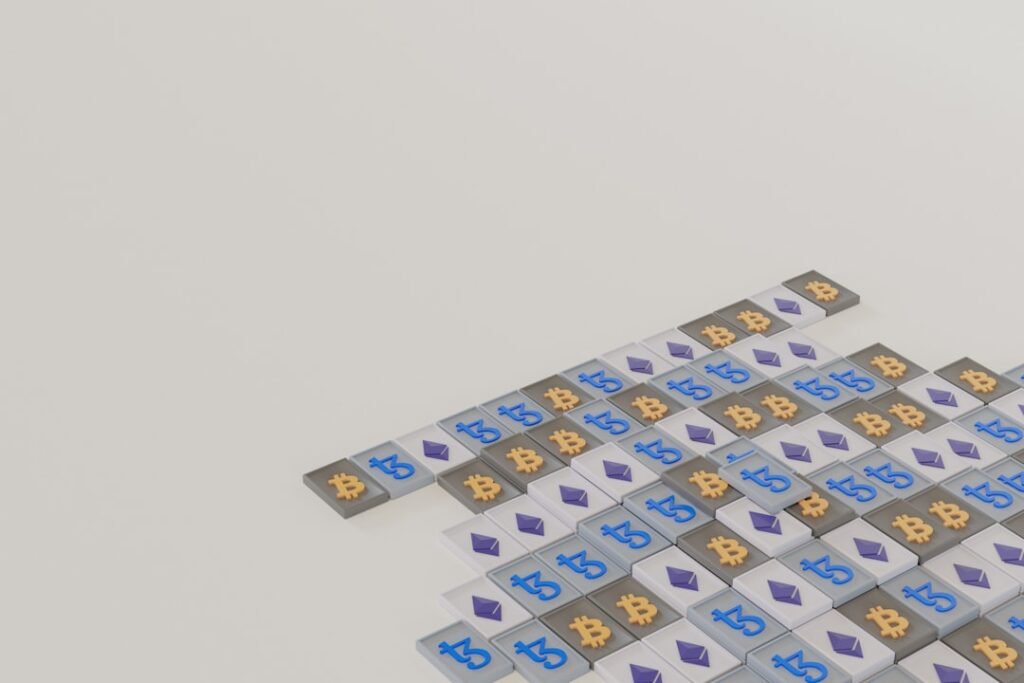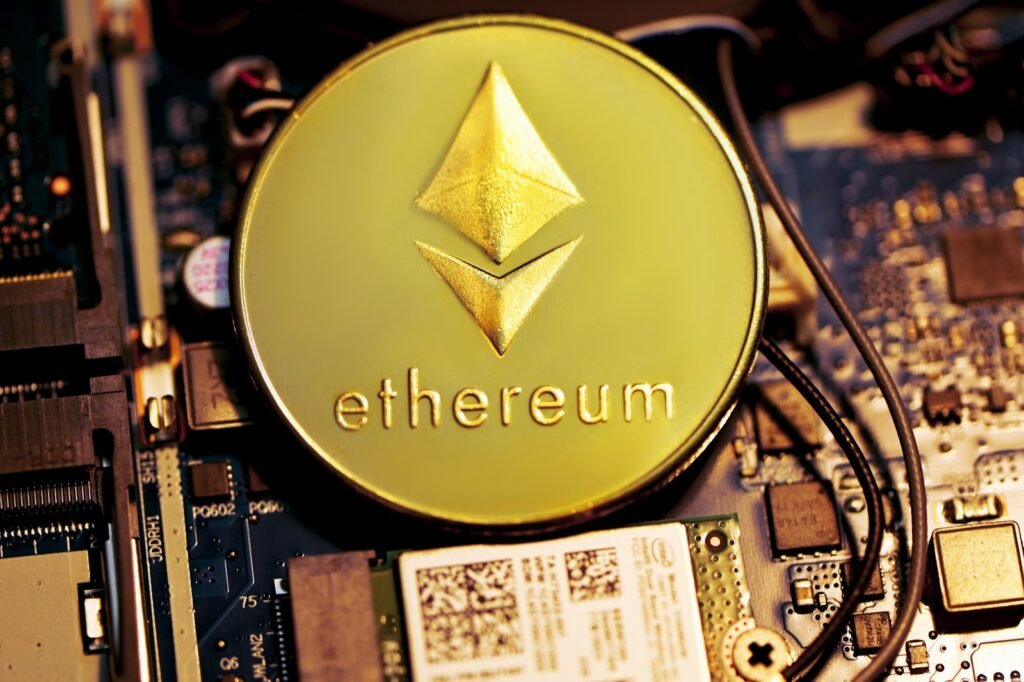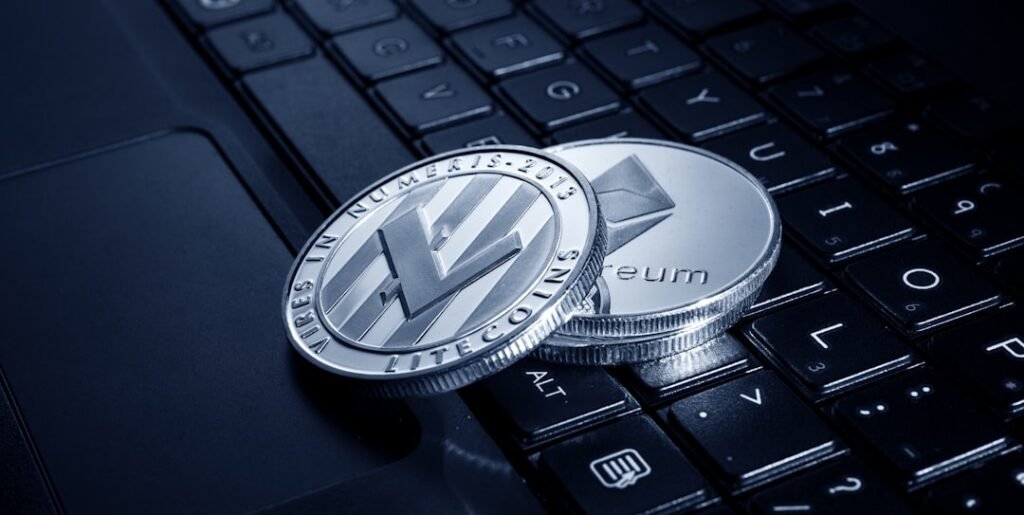The Cross-Chain Wallet Revolution: Unifying Your Crypto Universe
The explosive growth of blockchain technology has birthed a fragmented landscape. Bitcoin, Ethereum, Solana, Polygon, and countless others – each powerful network operates in relative isolation. For users, this fragmentation created a logistical nightmare: managing separate wallets for each blockchain, juggling seed phrases, and struggling to move value or interact across ecosystems. Enter the Cross-Chain Wallet – the essential tool unifying this complex crypto universe.
The Genesis: From Single-Chain to Multi-Chain Chaos
Early cryptocurrency wallets were inherently limited. Designed for a single blockchain (like Bitcoin or Ethereum), they forced users into managing a growing collection of isolated wallets as new networks emerged. This was cumbersome, insecure (multiple recovery phrases to manage/lose), and severely limited the ability to leverage opportunities across the broader ecosystem.
Multi-chain wallets emerged as the first evolutionary step. These wallets allowed users to view, hold, and transact with assets from multiple blockchains within a single interface. No longer needing a dedicated Bitcoin wallet, Ethereum wallet, and Solana wallet, users gained significant convenience. They could manage diverse portfolios – BTC, ETH, SOL, USDC across chains – all from one app. This solved the immediate pain of fragmentation but still faced limitations when assets needed to move between these different chains.
The Quantum Leap: True Cross-Chain Functionality
The true revolution lies in Cross-Chain Wallets. These go beyond simply holding assets from different chains; they enable seamless interaction 그리고 movement of assets between fundamentally different blockchains.
- Beyond Holding: Facilitating Movement: Cross-chain wallets integrate technologies like atomic swaps, cross-chain bridges, and interoperability protocols (e.g., THORChain, Symbiosis). This allows users to directly swap a token on Ethereum for a token on Solana within the wallet interface itself, without needing centralized exchanges.
- Breaking Down Silos: They act as bridges, dissolving the barriers between isolated blockchain networks. Assets are no longer trapped within their native chains.
Key Distinction: While a multi-chain wallet displays your Bitcoin (on Bitcoin) and Ethereum (on Ethereum), a cross-chain wallet empowers you to convert some of that Bitcoin into wrapped BTC (WBTC) on the Ethereum network to use in DeFi, or bridge your Ethereum-based USDC to Solana for faster, cheaper transactions – all fluidly within the same interface.
Why Cross-Chain Wallets Are No Longer Optional – They're Essential
The necessity of cross-chain wallets is driven by fundamental shifts in the crypto landscape:
- The DeFi Boom & Multi-Chain Reality: Decentralized Finance isn't confined to Ethereum anymore. Thriving DeFi ecosystems exist on Binance Smart Chain, Solana, Avalanche, Polygon, and others. Yield farming, lending, staking – the best opportunities are often spread across chains. Cross-chain wallets are the only practical way to seamlessly access and move capital between these diverse DeFi platforms without constant exchange hopping.
- The NFT Explosion Across Ecosystems: NFTs aren't just Ethereum JPEGs. Major marketplaces thrive on Solana (Magic Eden), Polygon (OpenSea), and other chains. Collectors and creators need to manage, trade, and potentially move NFTs across these platforms. Cross-chain wallets provide a unified hub for viewing and transferring NFTs across different blockchain environments.
- Blockchain Proliferation & Specialization: New blockchains constantly emerge, each offering unique advantages – speed, cost, specific features, or communities. Users naturally want exposure to these innovations. Cross-chain wallets make it feasible to interact with and leverage assets across this diverse spectrum without drowning in complexity.
- Demand for Unified User Experience: The crypto experience was fragmented. Users demanded simplicity. Cross-chain wallets deliver a unified interface for:
- Viewing Balances: See your entire portfolio value across all chains at a glance.
- Managing Assets: Hold, send, and receive diverse assets (coins, tokens, NFTs).
- Cross-Chain Transactions: Swap assets between chains, bridge tokens, participate in cross-chain liquidity pools.
- Interacting with dApps: Access and use decentralized applications across various blockchains directly from the wallet.
Core Features Powering the Cross-Chain Experience
- True Cross-Chain Asset Management & Swaps:
- Go beyond viewing; actively swap assets native to one chain for assets on another (e.g., ETH for SOL).
- Integrate cross-chain DEX aggregators to find the best swap rates across multiple liquidity sources.
- Utilize bridge protocols seamlessly for token transfers between chains (e.g., moving USDC from Ethereum to Polygon).
- Native Multi-Chain Support: Foundational support for holding and transacting native assets on major blockchains (Bitcoin, Ethereum, Solana, BSC, Polygon, Avalanche, etc.) and their respective tokens.
- Unified dApp Access: A single gateway to interact with DeFi protocols, NFT marketplaces, games, and other decentralized applications, regardless of the underlying blockchain. No more switching wallets or networks manually for each app.
- Advanced Security Architecture: Managing assets across chains necessitates robust security:
- User-Controlled Private Keys: Non-custodial models remain paramount.
- Multi-Signature (Multi-Sig) Options: Enhanced security for significant holdings.
- Secure Enclaves & Encryption: Protecting sensitive data on the device.
- Transparent Bridge Security Audits: Critical for trust when moving assets between chains.
- Portfolio Tracking & Analytics: Comprehensive views of holdings, performance, and transaction history across all integrated chains.
Overcoming the Interoperability Challenge: The Tech Under the Hood
Cross-chain wallets rely on sophisticated interoperability technologies:
- Cross-Chain Bridges: Protocols that lock assets on the source chain and mint equivalent "wrapped" assets on the destination chain (e.g., locking BTC to mint WBTC on Ethereum). Wallets integrate multiple trusted bridge providers.
- Atomic Swaps: Peer-to-peer protocols enabling direct trustless swaps between assets on different blockchains without intermediaries. (Implementation complexity is a current challenge).
- Interoperability Protocols: Dedicated networks like Polkadot (XCM), Cosmos (IBC), LayerZero, and Axelar provide standardized frameworks for secure communication and value transfer between connected blockchains. Wallets leverage these.
- Decentralized Oracles: Services like Chainlink provide external data (e.g., price feeds from other chains) necessary for cross-chain operations like swaps and collateralization.
Real-World Impact: DeFi & NFTs Transformed
- DeFi Unleashed: Cross-chain wallets are the backbone of a truly interconnected DeFi future.
- Unified Access: Deposit into an Ethereum lending pool, then seamlessly move funds to a high-yield opportunity on Avalanche.
- Enhanced Liquidity: Cross-chain swaps aggregate liquidity from all connected chains, improving prices and reducing slippage.
- Optimized Yield Farming: Effortlessly move assets to farm yields across the most lucrative pools on different chains.
- Cross-Chain Collateralization: Use Bitcoin as collateral for a loan taken out on an Ethereum-based DeFi protocol.
- NFTs Without Borders: The fragmented NFT landscape is unified.
- Unified Management: View your Ethereum CryptoPunks alongside your Solana Degenerate Apes in one place.
- Cross-Chain Trading: List an Ethereum-based NFT for sale and accept payment in SOL directly, facilitated by the wallet's cross-chain capabilities.
- Broader Market Access: Creators can mint on a cost-effective chain like Polygon while seamlessly listing on Ethereum-centric marketplaces via bridges.
Choosing Your Cross-Chain Champion: Key Considerations
Not all multi-chain wallets are truly cross-chain. When selecting, scrutinize:
- Supported Blockchains & Assets: Does it cover the chains you use? Does it support the specific assets (coins, tokens, NFTs) you hold?
- Depth of Cross-Chain Functionality: Can it only hold assets, or can it actively swap/bridge assets between chains? What bridges/protocols does it integrate?
- Security Model: Non-custodial? Open-source? Audits? Multi-sig options? Security track record, especially concerning integrated bridges?
- dApp Browser & Integration: How seamless is the experience for connecting to dApps across different chains? Is a dedicated browser built-in?
- User Interface & Experience: Is it intuitive despite the underlying complexity? Good portfolio tracking?
- Fees: Understand the wallet's fees for transactions and, crucially, the fees associated with cross-chain swaps/bridges (which can be significant).
- Reputation & Development Activity: Choose wallets from established teams with active development and strong community trust.
The Indispensable Future
The trajectory of blockchain is undeniably multi-chain. Siloed ecosystems are giving way to a hyper-connected network of specialized chains. In this new paradigm, cross-chain wallets cease to be a luxury; they become the fundamental infrastructure for navigating and thriving in the decentralized world.
They solve the core user pain points of fragmentation and complexity, unlocking the full potential of DeFi, NFTs, and emerging blockchain applications by providing:
- Unprecedented Flexibility: Move value freely where opportunity arises.
- Simplified Management: One interface, one set of keys, your entire crypto universe.
- Enhanced Opportunity: Access the best yields, the newest platforms, and the broadest markets.
- Foundation for Innovation: Enable complex cross-chain applications and interactions previously impossible.
The cross-chain wallet is more than just a tool; it's the passport to a unified, interoperable, and vastly more powerful crypto future. As the ecosystem evolves, these wallets will continue to integrate more chains, refine their cross-chain mechanics, enhance security, and streamline the user experience, solidifying their role as the indispensable command center for every crypto participant.











